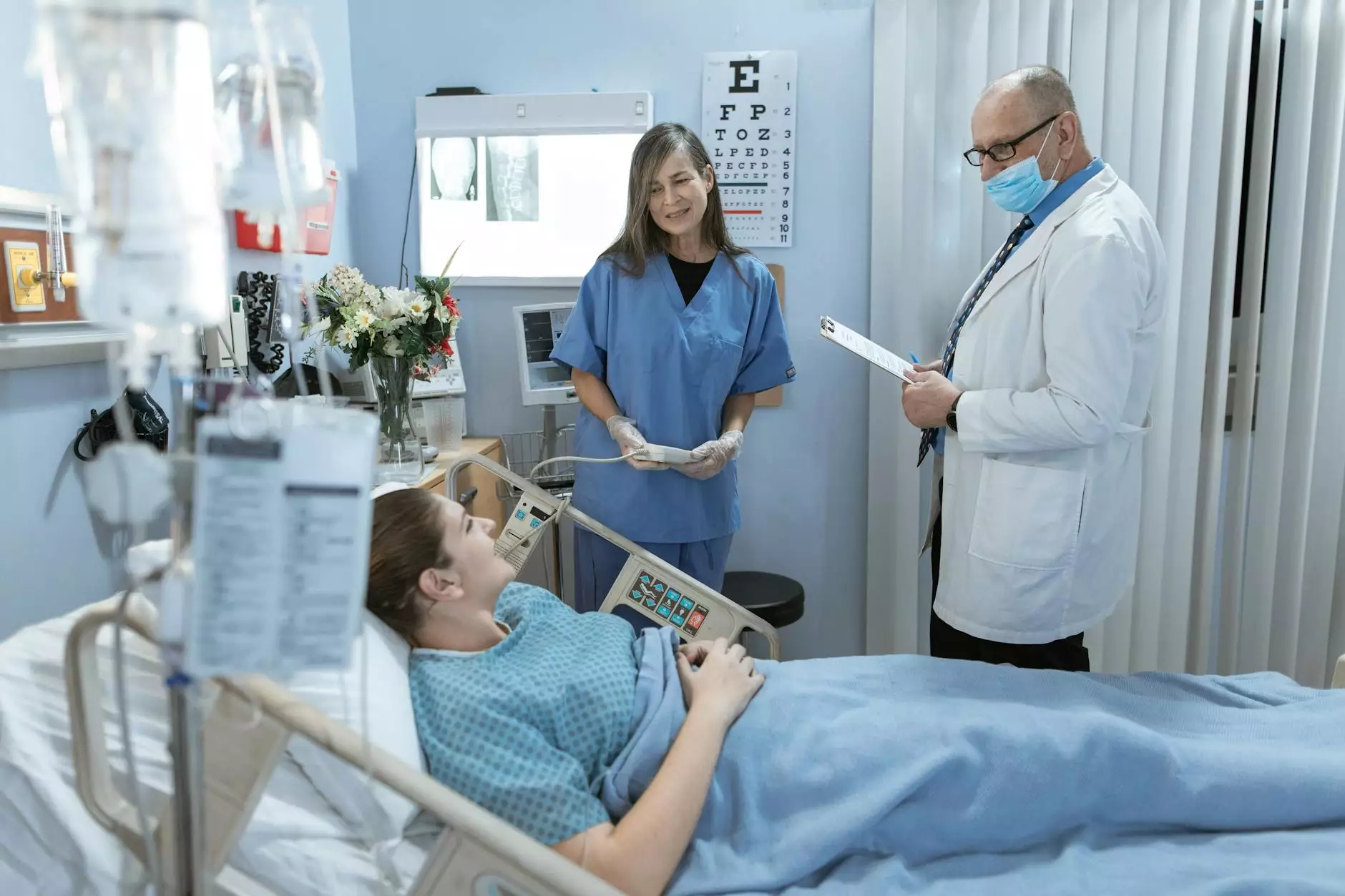Bone Marrow vs. Fat Derived Stem Cells Continued
Health
Introduction
Welcome to Muir Diablo Occupational Medicine, where we delve deeper into the differences between bone marrow and fat derived stem cells. As a distinguished name in the health industry, we are committed to providing you with the most comprehensive and detailed information to help you understand the role of stem cells in medical treatments.
The Basics of Stem Cells
Stem cells are undifferentiated cells with the potential to transform into specialized cell types within the body. Both bone marrow and fat tissues contain these regenerative cells. However, they differ in terms of their sources, extraction processes, and potential applications.
Bone Marrow Stem Cells
Bone marrow stem cells are derived from the bone marrow, the soft, spongy tissue found inside bones. They are typically obtained through a minimally invasive procedure called a bone marrow aspiration or biopsy. This process involves extracting a small sample of bone marrow from the patient's hip bone or sternum under local anesthesia. The collected marrow contains a mix of stem cells, along with other cell types like red and white blood cells.
Once extracted, bone marrow stem cells can be processed and concentrated before being administered back into the patient's body. These cells have shown great versatility in treating various conditions such as blood disorders, immune system disorders, and even certain types of cancer.
Fat Derived Stem Cells
Fat derived stem cells, also known as adipose stem cells, are obtained from the adipose tissue, which is the fatty layer beneath our skin. Unlike the bone marrow extraction process, obtaining fat derived stem cells is less invasive and more convenient. It involves a minimally invasive liposuction procedure, usually from the abdomen or thighs, to collect a small amount of fat tissue.
Once the fat tissue is collected, it undergoes a process known as enzymatic digestion to isolate the stem cells from the surrounding fat cells. Fat derived stem cells have gained considerable attention in cosmetic and reconstructive surgery due to their ability to regenerate and repair damaged tissues.
Benefits and Applications
Bone Marrow Stem Cells
Bone marrow stem cells have been extensively studied and used in a wide range of applications. Their potential benefits include:
- Treatment of leukemia and other blood disorders
- Repairing damaged bone and cartilage
- Enhancing the body's immune system
- Promoting tissue regeneration
Fat Derived Stem Cells
Fat derived stem cells offer unique advantages over other sources of stem cells. Their potential benefits include:
- Natural and readily available source
- Potential for use in tissue repair and regenerative medicine
- Reduced risk of immune rejection
- Ability to differentiate into various cell types
Conclusion
At Muir Diablo Occupational Medicine, we hope that this detailed information has provided you with a better understanding of the differences between bone marrow and fat derived stem cells. Should you have any further questions or require expert medical consultation, please feel free to contact us. Our team of professionals is always ready to assist you in making well-informed decisions regarding your medical needs. Choose Muir Diablo Occupational Medicine for comprehensive healthcare solutions.




